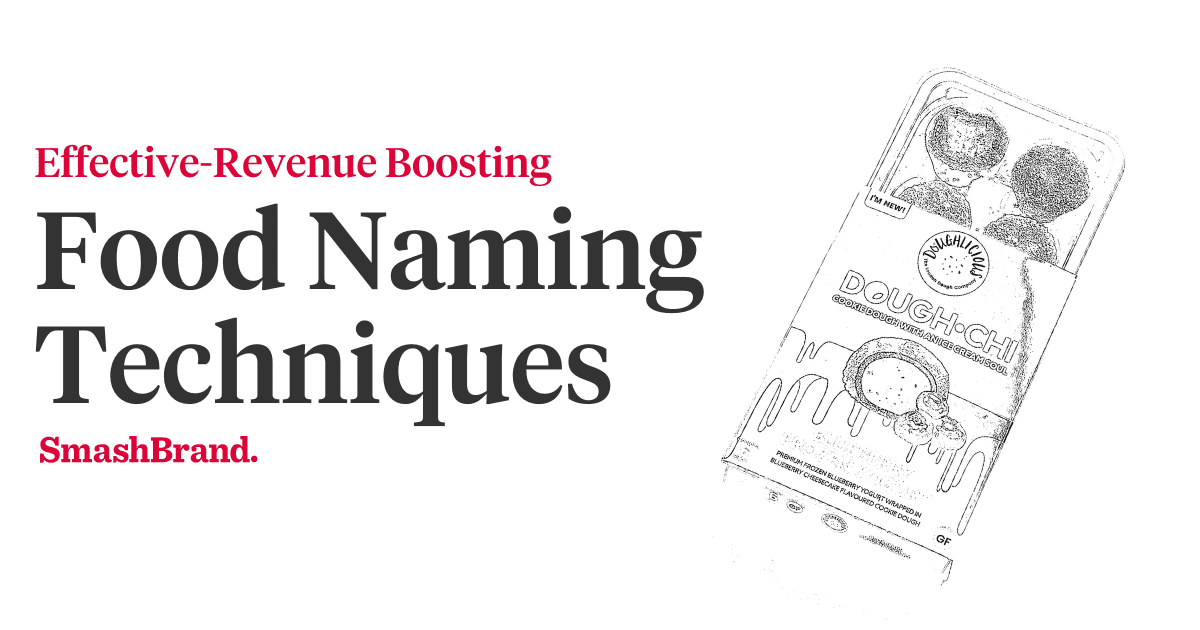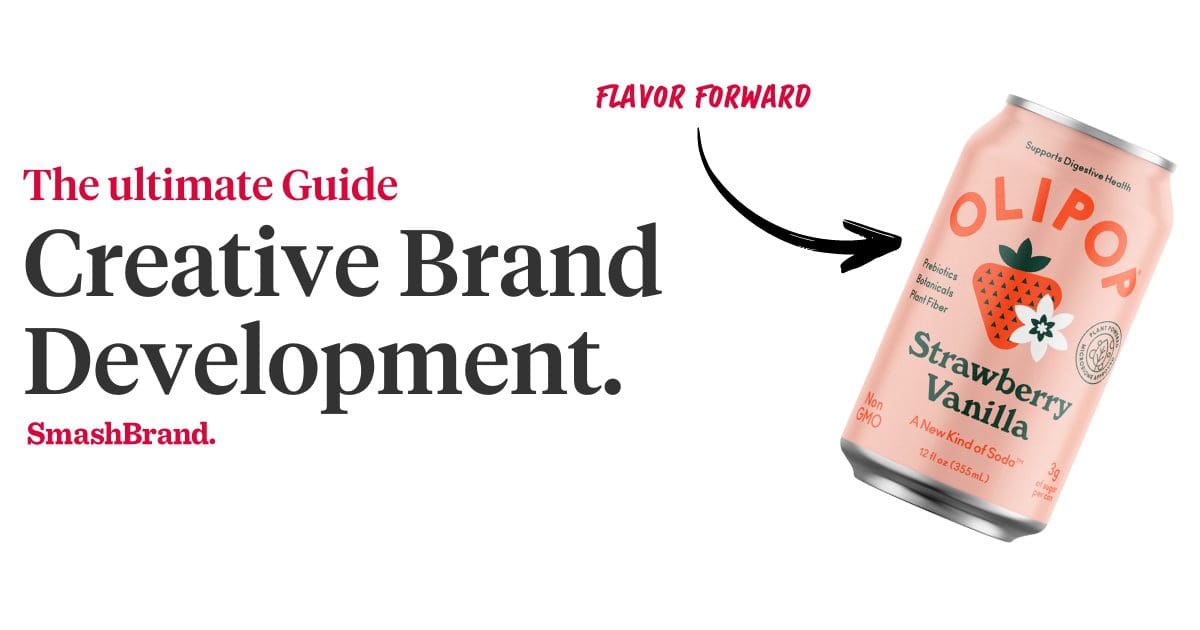Listen to This Article

Cat Food marketing.
You secretly want to eat your cat’s food because you are, in a word, insane.
Of course, if your entire mental framework for cat food was based upon advertising campaigns that show glistening chunks of meat and vegetables being lovingly heaped into a crystal goblet, then maybe you would reasonably be tempted, in a pinch, to eat a can of Fancy Feast.
We only kid. Anyone with firsthand experience with cat food knows what a horrid and noxious pile of processed organ meats it really is, but that is obviously something that marketing departments want to conceal as best they can. Why? Because cat food is marketed to people, not cats, and even though we as humans pride ourselves in our logic and reason, we still feel the need to be seduced by the apparent deliciousness of food for an animal that would be just as happy eating a mound of lizard’s tails – but only if they’re still twitching.
Get your Hands on the SmashReport!
And enter to win a FREE brand diagnosis worth $20,000.
*The SmashReport is a monthly newsletter for FMCG and CPG brands, helping them stand out in the competitive retail marketplace.
Cats and Cat People vs Dogs and Dog People
The marketing strategies for cat owners are wildly different from those for dog owners. Dog owners are portrayed in commercials as active, affectionate, middle –classed, patriotic and emotionally stable (probably due to the presence of an emotionally stabilizing dog). Dog food commercials tend to dwell on the nutrition of the product and the fact that the dog won’t be able to distinguish it from the table scraps that their owners’ can’t help but give them. Dog food isn’t made to look particularly good, but they do generally show dogs enthusiastically eating huge bowls of it, regardless of the fact that dogs are notorious for eating basically anything, no matter how intensely foul.
On the other hand, cat food is marketed towards quite a different demographic. While dog food advertisements are pretty unisex, cat food advertisements are geared almost exclusively towards women. In cat food commercials, there really isn’t the same concentration of sporting or outdoor activity as in dog food commercials. Women lounge on sofas next to purring cats, or lie in bed next to purring cats, or stand at kitchen counters, where a cat is inexplicably allowed to jump on to a cooking surface and purr. Whenever cats are portrayed as active or feisty, they generally play and frolicking alone. There is something inherently luxurious about cats; they lounge; they sleep; they stalk things, and rarely exhibit any emotion for humans warmer than disdain. Therefore, cat owners tend to be relaxed, nurturing and have the inclination and disposable income to feed their cats meals on a silver tray served by a liveried butler.
Cat Food Advertising Exploiting the Psychology of Cat Owners
It is certainly true that there are all types of pet owners – men, women, young adults and families – and therefore they cannot necessarily be categorized into a single demographic. However, older people (particularly women) generally lean towards cats. Moreover, Psychology Today reported that there are distinct personality differences in exclusive cat owners and exclusive dog owners. Dog owners are a bit more sociable, while exclusive cat owners are a bit more isolated. Cat people also tend to be quite trusting, timid and modest, while dog people tend to be high dominance. Cat people tend to appreciate cats for their self-sufficiency and aloofness, and cats are certainly portrayed in commercials as being quite detached.
All available data regarding the psychology of cat owners is suffused into cat food commercials – don’t think for a second that it isn’t. Also, don’t forget that we tend to anthropomorphize animals, and since cats have a quiet, stealthy and relaxed demeanor, we tend to think of cats as sophisticated, elegant, as having extremely high intelligence and exacting standards. Food must look delicious, be properly prepared and served with respect. Therefore, cat food companies yield to this impression that has been embraced by cat owners, and develop not just advertising campaigns that resonate with cat owners, but also packaging and even entire brands. Remember, packaging is one of the most powerful advertising tools dfor your product, especially the lower you go on price point. The less life-changing of a financial decision that purchase is, the more likely it is to be an impulse buy, and creative package and label design can really pay off.
So what have we learned today? We learned that if you’ve ever even considered cracking open a can of cat food and sneaking it into a casserole, don’t ever invite us to your house. We learned that marketing departments plumb the recesses of consumers’ deepest, darkest emotions in order to determine best how to sell us Purina. Lastly, we learned that cats have a reputation for being arrogant and superior, which is perhaps hy shy and meek cat owners feel it is their natural place to serve their cat’s food on expensive China surrounded by totally unnecessary polished silver cutlery.
Data-Driven Brand Development
Want a best-selling brand? SmashBrand is a brand development agency for FMCG and CPG companies. From brand strategy to packaging design testing, our Path To Performance™ process guarantees a retail performance lift. Book a time to discuss your project with our team.





